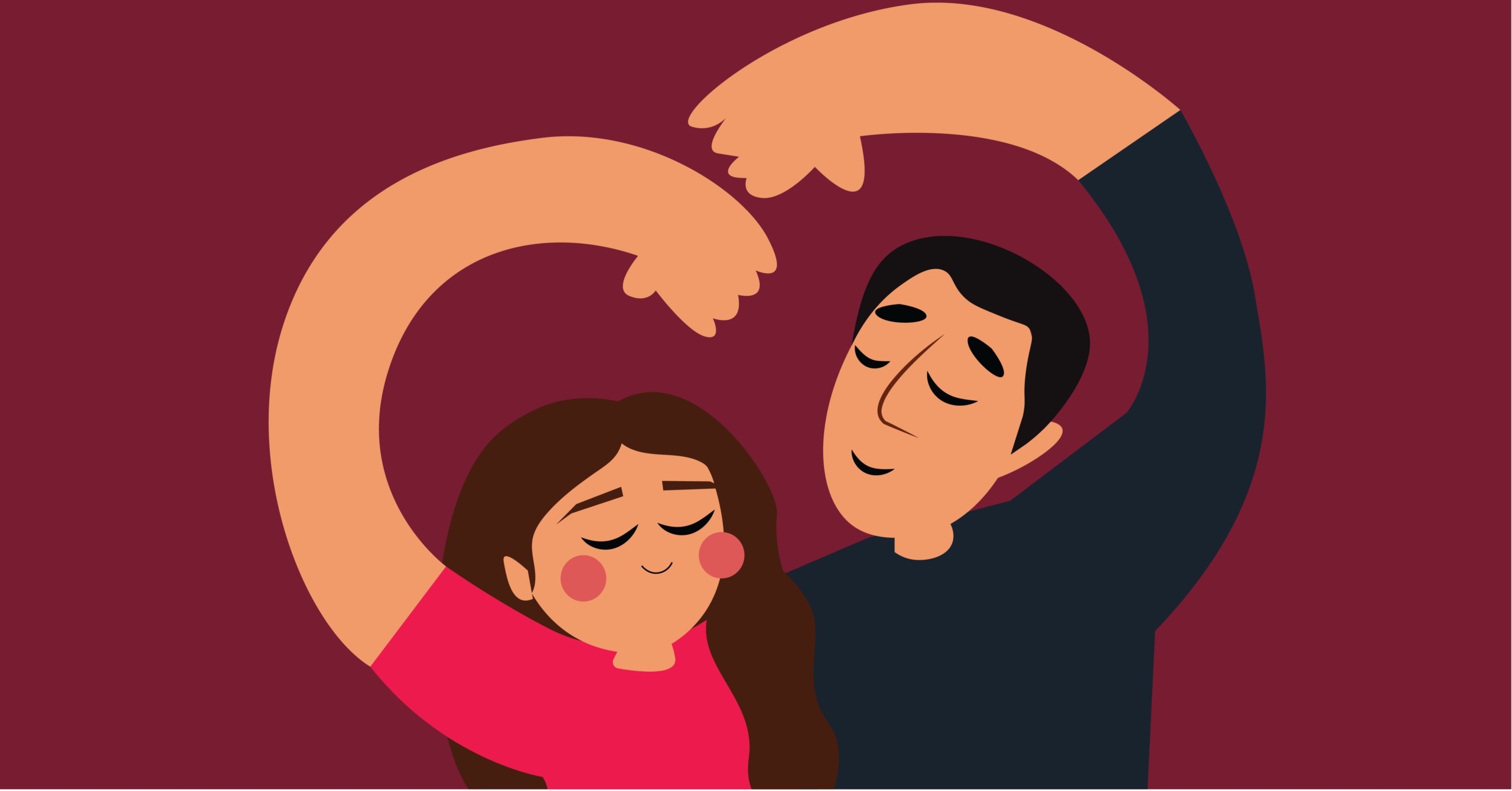Where is the love? After 21 years, we are still trying to find it around us
Love doesn’t need to be found; it's all around.
In 2003, the Black Eyed Peas launched the global sensation of a song, “Where is the Love?” The song depicts a world devoid of love, with the artists running around town, asking the question: where is the love? Fast-forward 21 years to today, the same loveless world is still here, and some might even argue that the world is worse than what it was back then.
One might ask: isn’t technology supposed to bring the world together? Aren’t we the most connected right now compared to any point in history? Aren’t we learning from our mistakes? Despite being able to connect with anyone anywhere in the world with a few pushes of a button, tensions run high internationally, various issues are breaking out within our nation, and interpersonal relationships remain complicated.
Valentine’s Day signifies a day of celebration for most couples. It’s a day to remind us of our romantic partners and to appreciate and acknowledge the love they provide for us. For some, Valentine’s Day provides people a chance to reflect on their relationships, which contributes to the increased amount of breakups seen the week before and after the holiday. This isn’t an unexplained phenomenon; it can be understood through attachment styles. While romantic reminders such as Valentine’s Day help with strengthening relationships for securely attached individuals, insecure individuals don’t experience the same boost of relationship satisfaction and gratitude.
It doesn’t help when social media feeds into the minds of insecure individuals. TikTok and Instagram houses a wealth of “relationship gurus” who claim they can determine the health of a relationship through simple actions and phenomena. While some are grounded in psychological research, others are speculations at their best. Trends, such as the “orange peel theory,” have urged a lot of couples to try out various tests to find out the health of their relationships–the orange peel theory is simple: if you ask your partner to peel an orange for you and they say yes, great! However, if they decline, TikTok would have you believe that your relationship is on its last legs. Some couples take these challenges light-heartedly, with a few teasing here and there on camera, whereas others end in arguments and even breakups. Relationships are more complicated than peeling an orange. Simple tests and trends won’t be enough to tell you about a relationship. And they shouldn’t.
How do we even find love in this loveless world? Where love is determined by swipes on a screen, a few raunchy texts here and there, and a quick night of passion. The meaning behind love starts deforming before our eyes. Yet, it’s not that love isn’t around. We just got desensitized to what love is. It started with stories. Princesses, princes, and all the fairy tale romances. Then came Hollywood, with the big screen romance. All was well as we dreamt about the idea of the love depicted on the screens. But as time goes by, the media changes. It locks onto the next bestseller, and nothing sells better than tragedy. Romance turns into heartbreak. Perfect couples turn into complicated ones. Social media pushes for relationship drama. The list goes on. Our once impeccable image of love turned into a mess of heartbreaks and tragedy. We create expectations of love based on what the media shows us. Love is romantic. Love is unfair. Love is this. Love is that.
As we create these expectations, we start setting conditions for them. We start forming links to guide us in a certain way. We need to look a certain way for people to be attracted to us. We need to be exceptional to be revered. We need to fill certain gender roles, be successful, generous, kind, caring, understanding, and… perfect. And if we don’t, then we don’t deserve love. And those who end up in a bad relationship aren’t doing it right. But we forget that the first love we received in this world was unconditional.
We fell in love with the idea of love and stopped trying to understand it.
We need to take down that ideology. Turn off the spotlight and look at it holistically. Love is all around us. Love is in the little things: the friend that waits for you to speak before they chime in; the partner that smiles as you talk about your day; the parents that help their kids get ready for school; individuals of different backgrounds supporting global causes around the world. They love because it’s in their nature. We love because we were born with it. Love is everywhere. In fact, I dare say that we live in a world full of love. More than ever before.
Love is unconditional. In all forms, it’s unconditional. It’s a blessing we were all born with. It’s an innate ability. Like falling in love with a cute puppy or tasting the best ice cream for the first time—it’s an overwhelming feeling that rushes through us. It may take time for some to learn. But as we open our eyes to all the love around us, we start understanding the true nature of it. That is the first step in learning how to love. And the first step to seeing our “loveless” world in a whole new light.
So, whenever you hear that Black Eyed Peas song again, smile and look out the window because love is everywhere around you.
Features Editor (Volume 50) — Louis graduated from UTM with a Bachelor of Science double majoring in Psychology and Professional Writing and Communication. He is currently in the field of UX/UI design, conducting research on how to improve user experience in apps and websites, designing websites for companies that are looking to branch online. As the Features Editor for Volume 50, Louis wants to bring the experience of reading enjoyable and informative for everyone. He hopes to showcase student voices and empower them through editing. When Louis is not at his computer designing websites or writing, he is opening Pokémon card packs chasing the Charizard or at the gym training his mind and body.


